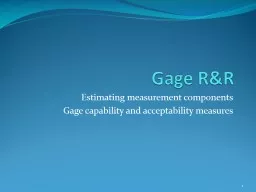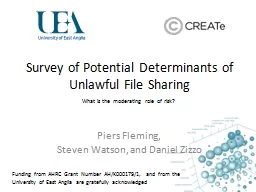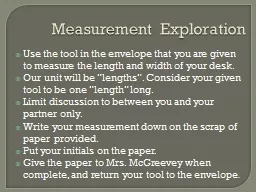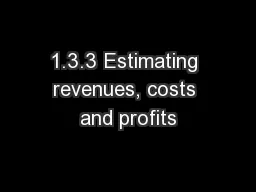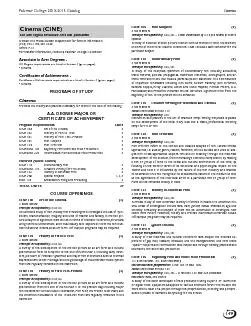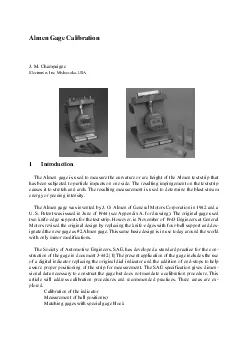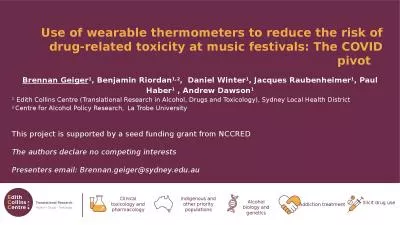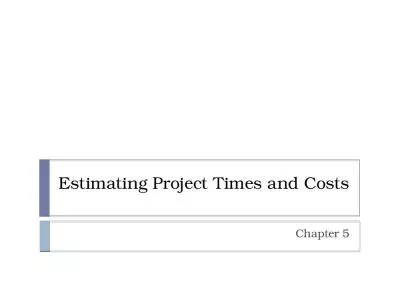PPT-Gage R&R Estimating measurement components Gage capability and acceptability measures
Author : tatiana-dople | Published Date : 2019-11-04
Gage RampR Estimating measurement components Gage capability and acceptability measures Prof Tom Kuczek Purdue Univ 1 Terms and Definitions Repeatability refers
Presentation Embed Code
Download Presentation
Download Presentation The PPT/PDF document "Gage R&R Estimating measurement comp..." is the property of its rightful owner. Permission is granted to download and print the materials on this website for personal, non-commercial use only, and to display it on your personal computer provided you do not modify the materials and that you retain all copyright notices contained in the materials. By downloading content from our website, you accept the terms of this agreement.
Gage R&R Estimating measurement components Gage capability and acceptability measures: Transcript
Download Rules Of Document
"Gage R&R Estimating measurement components Gage capability and acceptability measures"The content belongs to its owner. You may download and print it for personal use, without modification, and keep all copyright notices. By downloading, you agree to these terms.
Related Documents

